Artisan Embroidery: Evelin Kasikov
Many of our artisan embroiderers started their design life out doing something completely different and then found themselves in embroidery, almost by accident. This is no more true than for Evelin Kasikov who, after completing a Fine Art graphics BA at the Estonian Academy of Art, worked as a graphic designer in advertising for ten years after she graduated. She quit her job and moved to London to study for her masters degree at Central Saint Martins, graduating from the MA Communication Design course in 2008. It was during this course that she developed her signature CMYK embroidery technique and she now produces stitched illustrations for clients such as NIKE, The Guardian, BBH, WIRED and The New York Times mostly using this technique.
Evelin at home. Photo: Evelin Kasikov
Evelin’s CMYK (Cyan, Magenta, Yellow, Key – Black) is a color system that is based on the four colors used in traditional offset printing. She uses conventional screen angles: Cyan 105Ëš, Magenta 75Ëš, Yellow 90Ëš and Black 45Ëš and prepares dot screens for cross-stitch. Works are stitched using cotton threads in the CMYK colors and the intensity of color depends on the number of strands used; the final outcome is a printed page created by hand.
CMYK Embroidery. Photo: Evelin Kasikov
The idea of CMYK stitching came to Evelin, not because she loved to cross-stitch, but because she was a graphic designer and understood how the printing process works. Cross-stitching suited her idea of visualizing color structure and her graphic design background means that her approach to craft is very analytical, mathematical and precise. She employs typography and grid systems and the actual preparation of the design in Illustrator is a big part of each project – Evelin says she takes great pleasure in working out these grids and the integral structure of the pieces.

Beginnings of ‘ ‘Modern Monogram’ piece. Photo: Evelin Kasikov
Evelin defines her work first of all as typographic illustration – for her it can take many forms, from super big wall art to an editorial illustration. She says she doesn’t think of herself as an artist or design-maker as it’s still graphic design to her – “œstitching is just another way of image-making”. Evelin doesn’t have lots of equipment – only her Macbook, digital textile design software, Intuos pen tablet and a printer to design the piece, then her papers, threads and toolbox to make it. What Evelin loves the most about her craft is “œthe slow, meditative process of making” – stitching can be a tedious process, but Evelin says she doesn’t mind the routine and creating something unique is extremely satisfying to her.
Stitched swoosh for NIKE Womenswear, 2014. Photo: Evelin Kasikov
Evelin was born in Estonia, a country that is “œvery small, green and not overcrowded”. She thinks her typically Estonian shy and reserved nature is probably evident in her work and that even though London is a “œbusy, competitive, ambitious and at times a difficult place to be”,’ creativity does not thrive on comfort; for Evelin, being in this kind of challenging environment is what keeps her work fresh. Graphic design in Estonia is very commercial – there are no typography traditions and image is always preferred over type in advertising. Even though young designers are bringing influences from other countries back to the country, what Evelin loves about the London design scene is “œthe spirit of experimentation and risk-taking”.
This spirit can definitely be seen in Evelin’s work – her graphic stitching style started as an academic project without any idea how it could fit into industry, but she now works to “œchallenge the preconceptions of embroidery” and experimentation with digital and analogue processes plays a big role in her work. In a recent project Analogue/Digital, she showcases the extent of her skill to “œproduce a tactile interpretation of analogue versus digital themes.’ Here, pixels and dots become physical through embroidery techniques, and the resulting objects twist the idea of what a printed page can be, playing with the notion of “˜digital craft’.
The Analogue/Digital series. Photo: Evelin Kasikov
Like Emily Jo Gibbs, Evelin also creates hand-stitched portraits, but her style is significantly different, one that she describes as “œgraphic pointillism, where the individual elements are not dots but squares, crosses, lines of different weights and so on”. Evelin uses photos as a starting point and looks at the contrast to establish the most essential part of the image, then decides on the most appropriate method for stitching (diagonal lines, squares, heavier or lighter stitching). She then constructs the image using these elements in InDesign, mark stitches on paper, and starts stitching. The result was “˜The Portrait Project’, a series of 12 colorful portraits with beautifully pixelated qualities, reminiscent of Warhol and Lichtenstein’s pop-art.
The Portrait Project. Photo: Evelin Kasikov
Pointillism is a source of inspiration for Evelin – she’s hugely interested in the illusory nature of color and how what we see is not actually there, it is the brain that creates the color. Evelin wanted to transform this into a tangible experience and did so in her “˜Multicolored’ piece in 2011 for Kate Spade‘s ‘Year of Colour” series. It was the first piece she stitched with multicolored thread ‘ not just cyan, magenta, yellow and black, and Evelin loved the challenge of doing something different, while embracing all the things she is inspired by the most – “œmathematical embroidery, analytical, very accurate, carefully calculated”.
‘Multicolored’ for Kate Spade. Photo: Evelin Kasikov
Another inspiration of hers is Canadian illustrator Marian Bantjes, not because of style, but because she made a major career change and managed to turn her personal work into commercial success. Evelin hopes to be able to make a living doing what she loves forever and finds it extremely encouraging to know that this is possible. With some high profile commissions under her belt she’s well on the way – she loves editorial illustration and wants to get more commissions in that area, but also would love to get her hands on a more variety of projects from fashion to product design and book covers.
It’s clear that Evelin is not afraid to take on a challenge and push herself into new territory, whether it be on large-scale installations or collaborations with other artists, such as her “˜Craft meets Music‘ project with jewelry design An Alleweireldt. Evelin is definitely challenging the preconceptions of embroidery, combining it with her other design skills to create an innovative and almost scientific practice, that should be acclaimed in its own right.
Excerpt from Craft meets Music. Photo: Evelin Kasikov





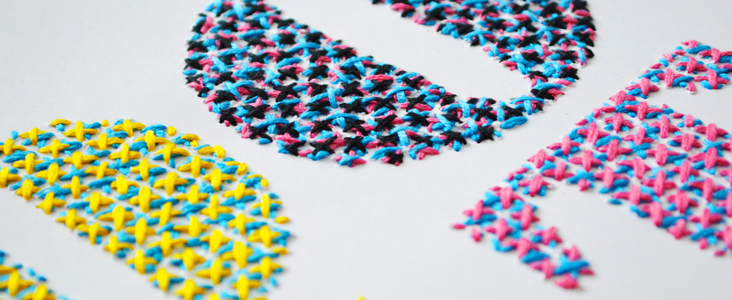







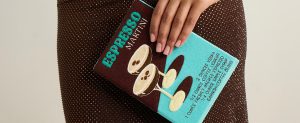
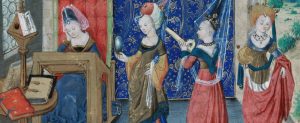
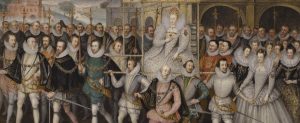
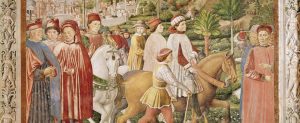
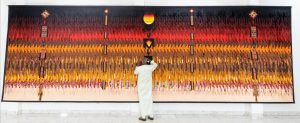












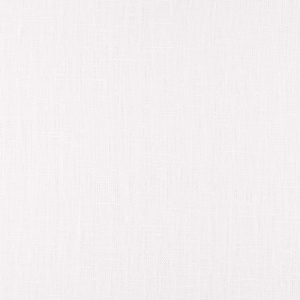




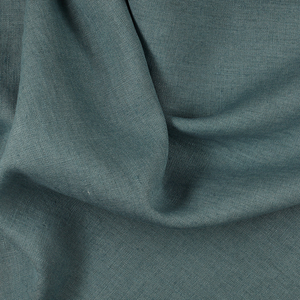


















2 Comments
lisa
i like seeing new applicatios for embroidery or any old forms of needlework. let’s bring back these so they won’t be forgotten
Bonnie
Beautiful!!!
Please present more, More, MORE of elegantly creative CONTEMPORARY applications of hand embroidery. I have read and sought out further examples of the work of each artisan you have presented to date.
The web is replete with vintage (read “old-fashioned”) stitches, designs, and applications for wall hangings, but fresh applications having a contemporary sensibility are unfortunately Very Rare 🙂